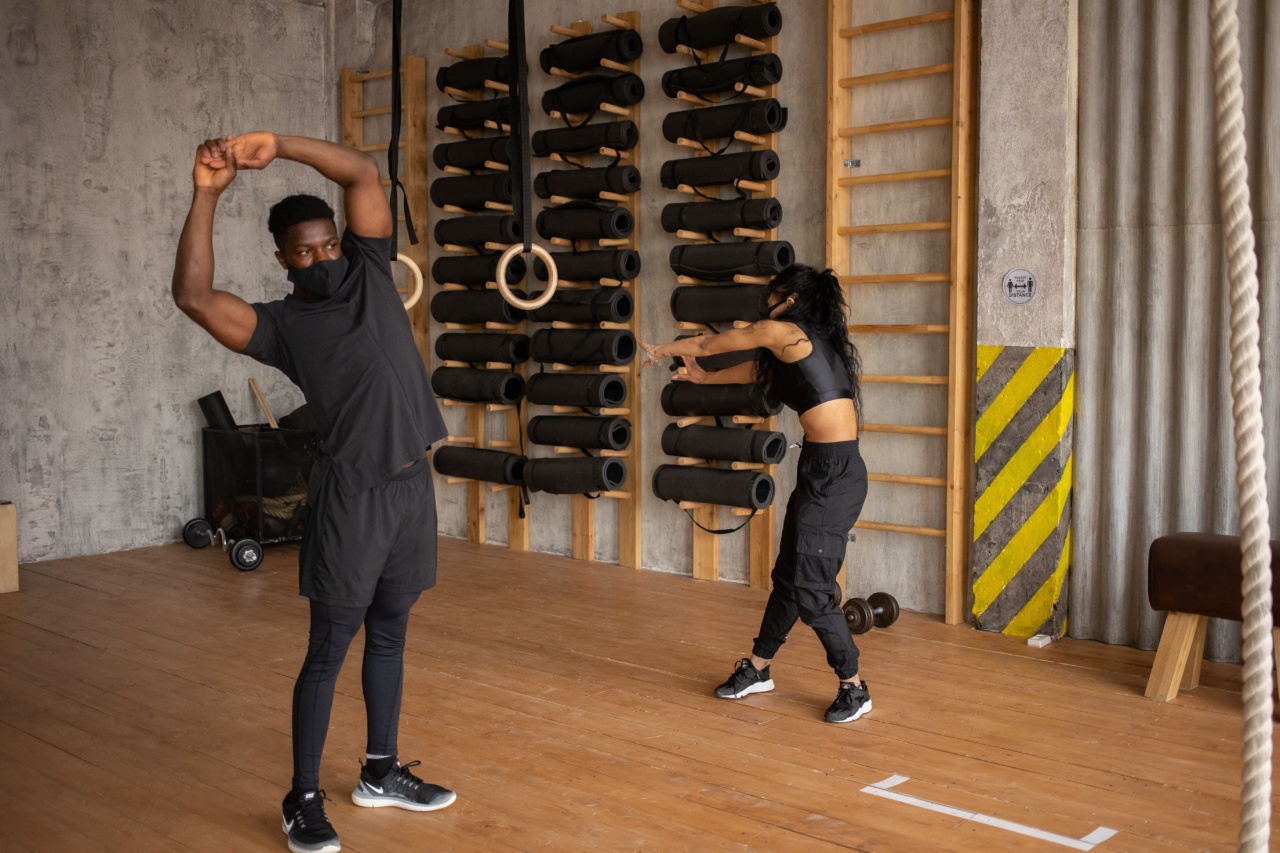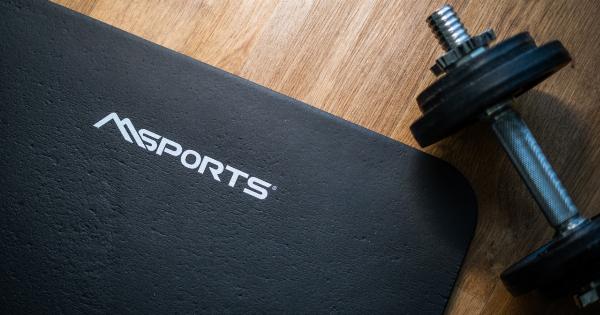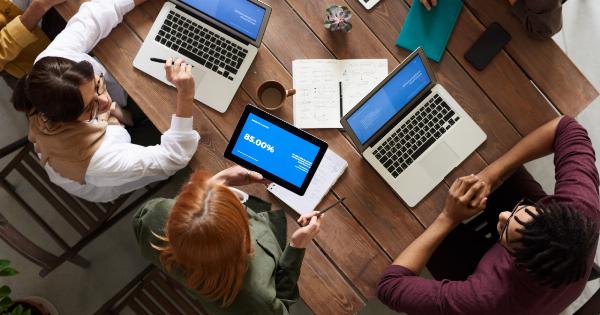Hemorrhoids are swollen veins in the lower rectum or anus. They are caused by excessive pressure in the rectal or anal area, which can be due to constipation, prolonged sitting, pregnancy, obesity, or straining during bowel movements.
Hemorrhoids can be painful, itchy, and uncomfortable, especially during exercise. If you are prone to hemorrhoids, exercising can aggravate this condition and make it worse. In this article, we will be discussing 10 tips that can help prevent hemorrhoids during exercise.
Tips to Prevent Hemorrhoids During Exercise
1. Stay hydrated
Drinking plenty of water is essential to prevent constipation, which can lead to hemorrhoids. During exercise, it is important to stay hydrated and drink enough water to keep your body hydrated.
Dehydration can cause constipation, which can lead to hemorrhoids. Make sure to drink water before, during, and after exercise to stay hydrated.
2. Increase fiber intake
A high-fiber diet can help prevent hemorrhoids by promoting regular bowel movements and preventing constipation. Eating foods rich in fiber, such as whole grains, fruits, vegetables, and legumes, can help prevent hemorrhoids during exercise.
Make sure to gradually increase your fiber intake to avoid bloating and gas.
3. Avoid heavy lifting
Heavy lifting can put pressure on the rectal area and increase the risk of hemorrhoids. If you are prone to hemorrhoids, it is best to avoid heavy lifting during exercise. Instead, focus on low-impact exercises, such as swimming, walking, and cycling.
4. Use proper form
Using proper form during exercise can help prevent hemorrhoids by reducing the risk of injury and strain. Make sure to use proper form when lifting weights, doing squats, or performing any other exercise that involves the pelvic area.
Avoid straining or holding your breath during exercise, as this can increase the pressure in the rectal area.
5. Take breaks
Taking breaks during exercise can help prevent hemorrhoids by reducing the pressure on the rectal area. If you are doing a prolonged exercise, such as cycling or running, make sure to take breaks every 30 minutes to stretch and relax your pelvic area.
6. Wear comfortable clothing
Wearing tight clothing or underwear can increase the pressure on the rectal area and increase the risk of hemorrhoids.
Make sure to wear loose-fitting clothing and comfortable underwear that does not restrict circulation or cause irritation during exercise.
7. Use a cushion
If you experience discomfort or pain during exercise, you can use a cushion to relieve the pressure on the rectal area. A cushion can be especially helpful during exercises that involve prolonged sitting, such as cycling or rowing.
8. Practice good hygiene
Practicing good hygiene can help prevent hemorrhoids by reducing the risk of infection and irritation. Make sure to clean the rectal area with warm water after bowel movements and exercise.
Avoid using harsh soaps or wipes, as they can irritate the skin and cause hemorrhoids.
9. Avoid alcohol and caffeine
Alcohol and caffeine can cause dehydration and constipation, which can increase the risk of hemorrhoids during exercise. If possible, avoid consuming alcohol and caffeine before and after exercise.
Instead, drink water and consume foods that are rich in fiber.
10. Consult with a doctor
If you are experiencing hemorrhoids during exercise, it is important to consult with a doctor or healthcare provider. They can provide you with treatment options and recommend exercises that are safe and effective for your condition.
It is important to seek medical attention if you experience severe or persistent hemorrhoids symptoms.
Conclusion
Preventing hemorrhoids during exercise is essential to maintain good health. By following these 10 tips, you can help prevent hemorrhoids and reduce the risk of complications.
Remember to stay hydrated, increase your fiber intake, avoid heavy lifting, use proper form, take breaks, wear comfortable clothing, use a cushion, practice good hygiene, avoid alcohol and caffeine, and consult with a doctor if you experience hemorrhoids symptoms. By taking these steps, you can enjoy the benefits of exercise without the risk of hemorrhoids.




























